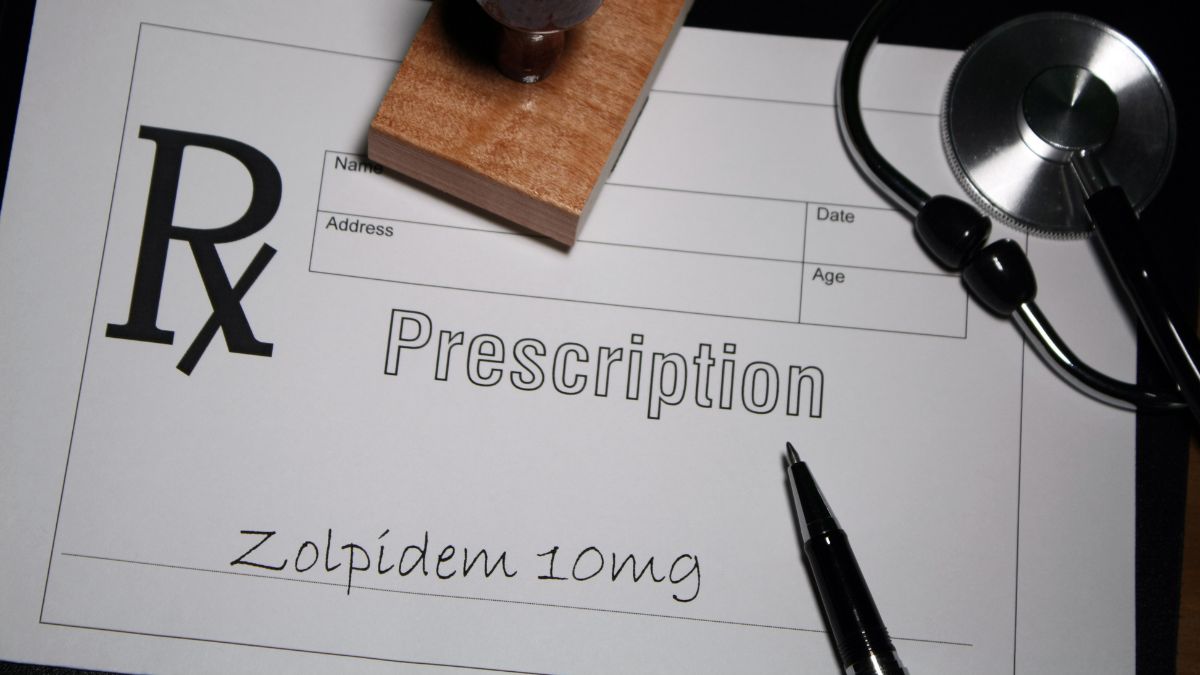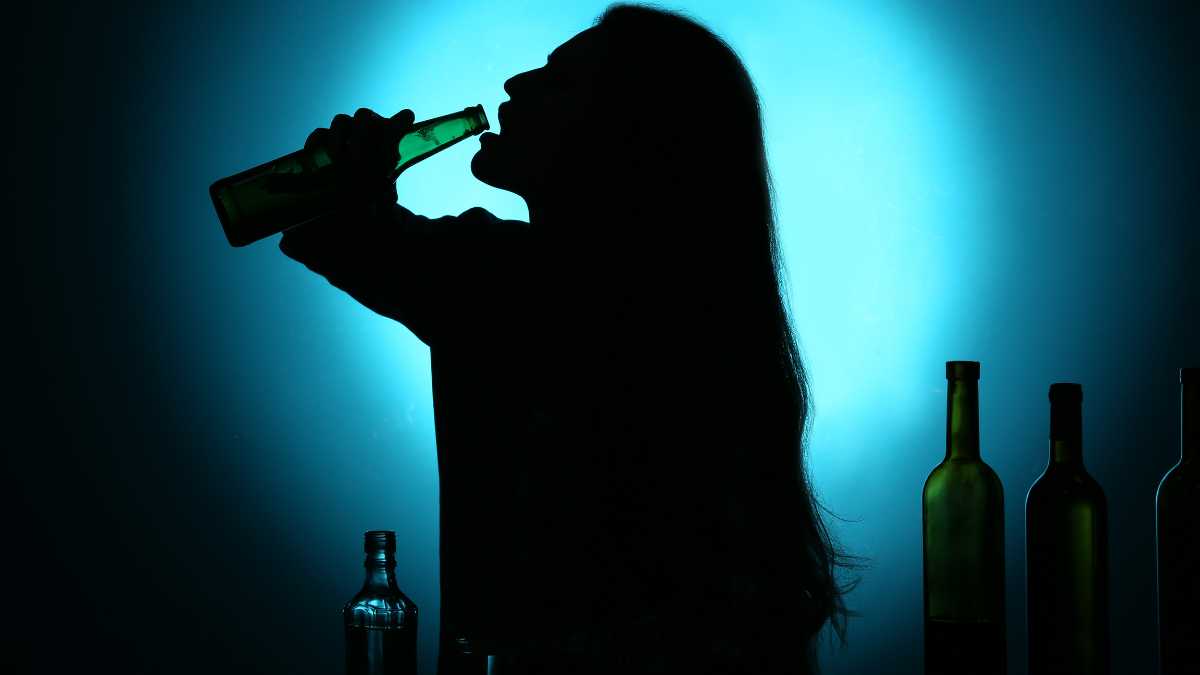Teenage years are crazy years of being on the cusp of adulthood and still not knowing exactly where you stand in the bigger scheme of things. As a given, teenage years become a ground for experimentation where many teens resort to household items to get high. If you have a teenager at home, it is good to be aware of these household items that can get you high, the signs of misuse, and when to seek help.
Common Household Products Misused for Intoxication
When a teenager knows how to get high at home, it is very common for them to misuse those household items you would never give a second thought about for intoxication. These items are:
Cough Syrup:
Who does not have cough syrup at their home? We all keep a stock of it to treat the odd, annoying cough that does not go away immediately. However, teens can misuse cough syrup by consuming a lot of it at once to achieve a high or euphoria. In fact, they can even get addicted to it.
Inhalants:
Inhalant misuse is widespread among teens. It is cheap and easily available. Teenagers can inhale glue, aerosol sprays, cleaning liquids, and whipped cream cans to get high. Inhalants are very appealing, and teens can go back to them more and more, making them addicted to the same.
Hand Sanitizer:
The COVID pandemic saw a rise in hand sanitizers at home. While highly useful, this innocent-seeming item contains lots of alcohol, which teens can drink or eat to experience alcohol-like relaxing effects. Consuming hand sanitizers can be extremely dangerous, as it leads to alcohol poisoning, coma, or even death.
Alkyl Nitrites:
Commonly known as poppers, it is found in room fresheners, boot cleaners, and nail polish removers. Teens inhale these items for a high. But this is extremely dangerous even for first-time users, as it leads to brain damage or even death.
Nutmeg:
Spiced nutmeg can make a person feel good, but teens consume too much of it for these pleasant feelings. This leads to nutmeg poisoning, which is marked by heart palpitations. In extreme cases, it can even lead to death.
Motion Sickness Pills:
Many of us keep motion sickness pills ready at home to avoid getting sick while traveling. However, too much use of these pills can lead to hostile behavior, memory loss, and psychosis (a break with reality).
Bath Salts:
We all like a bit of bath salt, don’t we? But unfortunately, teens can misuse it for a feeling of pleasure and increased sex drive. On the flip side, it can make them feel drunk, hostile, and experience severe symptoms like panic attacks and hallucinations. Even chest pain and heart arrhythmias are common.
Tampons:
Yes, tampons, too! Some teens may seek to get drunk without actually drinking alcohol. They soak tampons in vodka and insert them into their vaginas or rectums for the whole alcohol experience. While it cannot be said that this works, teens can actually experience alcohol poisoning without the signs of being drunk, leading to many ER visits. As doctors can become confused as to where these alcohol poisoning-like symptoms are coming from, delayed treatment can even lead to death.
While one might often mistake teenage drug abuse for alcohol, nicotine, marijuana, and other illicit drugs, the truth is that curious teens can find different ways to get high with household items. So, you can never be too careful in how you store and manage your household items, but spotting the signs of substance abuse in your teenager is equally crucial.
Call Design for Recovery to Begin Your Healing Journey!
Reach out to our team to discuss sober living options and next steps toward a healthier routine.
How Do Household Items Affect Your Brain and Body?
Household items are not regulated. We assume we will use them for what they are and forget about them. But this is far from the truth. The dangers they carry are innumerable. Research on how the chemicals in household items can affect your brain and body is still in its infancy. But from what experts have been able to find so far, they have an adverse impact on brain health, leading to irreversible brain damage. This risk multiplies when teens proactive misuse of already dangerous items.
In fact, it has been found that household items can also lead to neurological conditions. A recent study published in Nature Neuroscience found that chemicals in household items can specifically affect oligodendrocytes. Now, oligodendrocytes generate protective insulation for brain cells. Damage to oligodendrocytes can lead to chronic neurological conditions like autism spectrum disorder and multiple sclerosis.
Risks and Dangers of Getting High on Household Products
There are different things to get high on at home. But these things or household items do not just stop at a high; they can affect the teen’s brain and body and, in extreme cases, lead to life-threatening conditions and death. Here are some of the risks and dangers of getting high on household items:
- Injuries, especially because of psychosis-related symptoms
- Nerve damage
- Developmental problems
- Ear damage, leading to a hearing loss
- Lung failure
- Liver damage
- Kidney damage
- Bone marrow conditions
- Brain damage
- Sudden sniffing death
- Premature death.
Yes, while we are more focused on alcohol and drugs, household items right under your nose can become a risk for teenagers. Therefore, knowing the signs and risks of this misuse can help you educate your teenager and prevent lasting damage.
Contact Design for Recovery Today!
Fill out our quick form to connect with a peer mentor and learn how our sober living community supports accountability, structure, and personal growth in recovery.
Signs of Abuse and How to Get Help
Recognizing the signs of misuse in your teenager is crucial for early intervention and treatment. Here are some commonly recognizable signs you need to keep an eye out for:
Physical Signs:
- Strange odors or stains on the skin and clothing
- Rashes around the mouth
- Vomiting
- Headaches
- Lightheadedness
- Fainting
- Sudden sniffing death syndrome, where the heart suddenly stops beating because of inhalant abuse.
Behavioral Signs:
- Irritability
- Mood swings
- Social withdrawal
- Isolation
It is common to dismiss household items as trivial. But do not mistake them for anything innocent. Keep track of all the household items you purchase, especially the ones we discussed earlier. Manage them carefully. If you find the content in your household items reducing more quickly than usual, empty containers, or suddenly disappearing items - it is a red flag. Make a note. These are the signs that can enable you to get your teenager the care they need and deserve.
If you find that your teenager is misusing household items for euphoric or relaxing effects, then intervention can lead to full recovery. You can immediately contact mental health services hotlines or reach out to substance use treatment centers near you. With a combination of psychotherapy and social support services, recovery and a sober life ahead can become a reality.
Safe Alternatives and Prevention Tips for Families
Prevention is always better than cure. So, here are some safety tips you can engage in to prevent a teen from misusing household items for intoxication:
- Keep potentially dangerous products away from the teen’s reach and lock them away.
- Monitor the activities of your teenager, especially their behaviors and social circle.
- Educate your teenager regarding the dangers of misusing household items, no matter how good they make them feel.
- Foster open communication where your teenager can reach out to you to discuss their experiences and concerns.
- If you suspect signs of household item misuse, then reach out to a licensed mental health practitioner right away. Never hesitate to seek professional help.
- Common Household Products Misused for Intoxication
- How Do Household Items Affect Your Brain and Body?
- Risks and Dangers of Getting High on Household Products
- Signs of Abuse and How to Get Help
- Safe Alternatives and Prevention Tips for Families
Begin Lasting Sobriety Now!
Frequently Asked Questions
Commonly misused household items to get high are cough syrup, glue, aerosol sprays, whipped cream cans, room fresheners, boot cleaners, nail polish remover, hand sanitizers, motion sickness pills, bath salts, and tampons, among others.
Household items are easily available, cheap, and effective. Hence, teenagers tend to commonly misuse them for intoxication.
Inhalants from household products can affect the body in numerous ways - they can damage vital organs like the lungs, liver, and kidneys, among other things.
Inhalant abuse can lead to brain damage, which, in turn, leads to neurological conditions like autism spectrum disorder and multiple sclerosis.
Families can prevent misuse of household products by storing them safely, keeping track of them and managing them carefully, educating the teens, and contacting mental health practitioners as soon as they suspect signs of misuse.
https://umc.edu/news/Miscellaneous/2021/March/March%20CONSULT/CON03012021C.html
https://www.msn.com/en-us/lifestyle/cleaning-and-organizing/17-surprising-misuses-of-everyday-stuff/ss-AA1ALmAz
https://www.nature.com/articles/s41593-024-01599-2







Written By
David Beasley